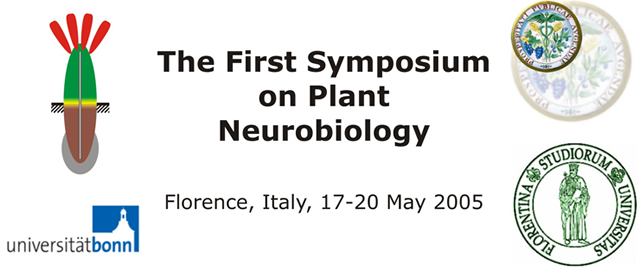|
Disruption of the Arabidopsis gene encoding the last enzyme of the
GABA shunt (SSADH) results in high levels of reactive oxygen intermediates (ROIs), cell death, and dwarfism,
associated with hypersensitivity to stresses such as UV and heat. The ssadh mutants also contain high
levels of gamma-hydroxybutyrate (GHB) a known neurotransmitters in mammals, which is derived from the GABA
shunt. Currently we are undertaking genetic approaches aimed at isolating suppressor mutants of GABAshunt
deficient mutants (ssadh in particular) with the hope of identifying novel components involved in
GABA metabolism and signaling. A few suppressor mutants, which resemble wt plants in spite of the fact that
they are homozygous for the disrupted SSADH gene, have been isolated and the genes with the
suppressor mutations are being cloned. By taking a pharmacological approach, we found that vigabatrin (VGB), a
specific inhibitor of mammalian GABA-transaminase, reduces the levels of GHB in ssadh mutants,
similar to the effect of the drug in mammals deficient in SSADH. Moreover, VGB substantially reduces the
levels of ROI, and improves plant growth. Thus both genetic and pharmacological evidence suggest the
involvement of the GABA shunt in maintaining the levels of ROI in plant cells. Moreover, our studies reveal
novel similarities between plants and animals in relation to two neurotransmitters: GABA and
GHB. |

